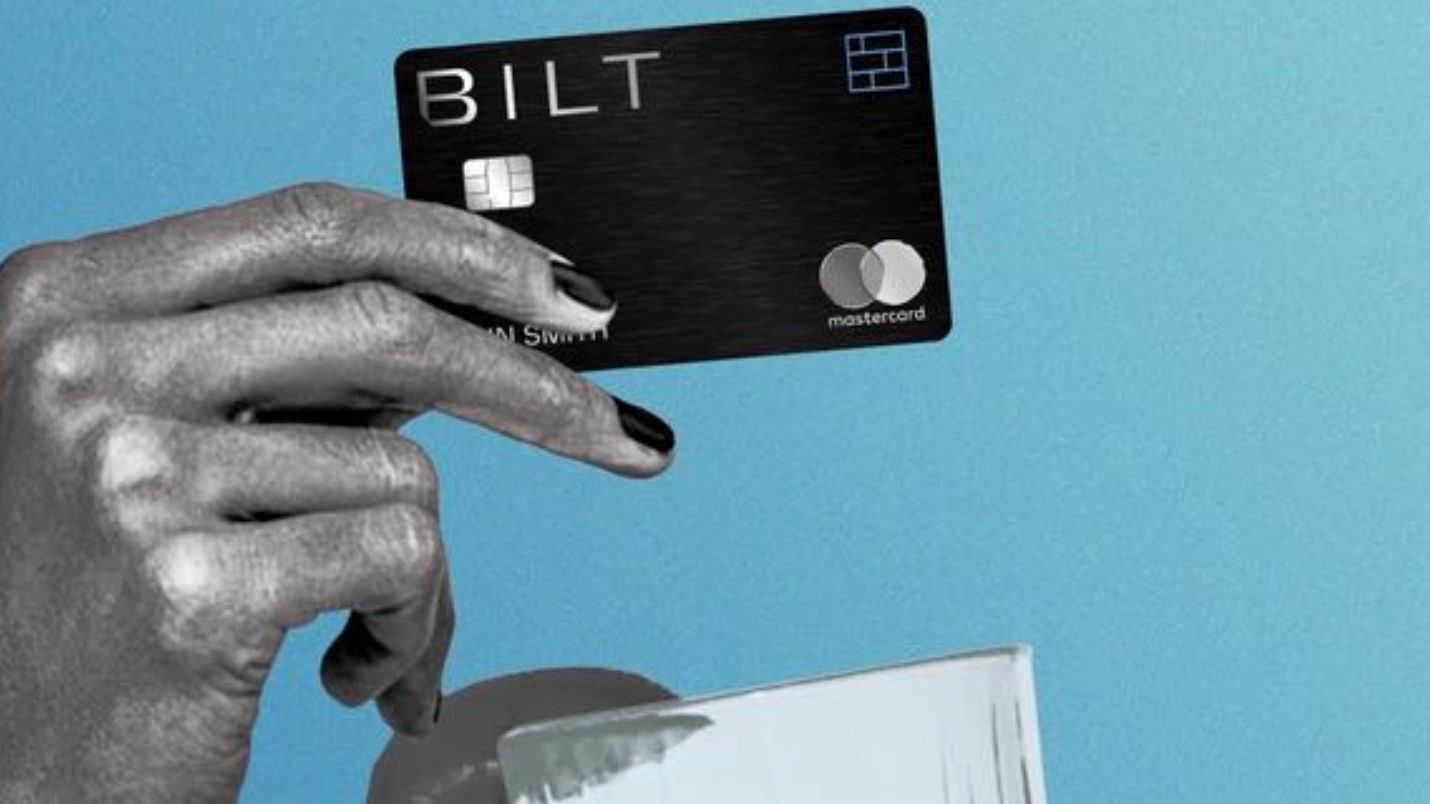The Bilt World Elite Mastercard undeniably took control of the news cycle in 2022 when it launched, touting its status as the first credit card
to offer rewards for rent expenses. As one of the largest monthly costs made by most Americans, the ability to earn points that can be converted into airline miles is precious and almost seemed too good to be true. Most landlords typically do not accept credit card payments, due to the high fees associated with such transactions.
This card offered an amazing deal, allowing you to double or even triple the points you could earn simply by spending on an airline-cobranded credit card. The challenge was, for financial institution Wells Fargo, which had partnered with Bilt to launch the credit card, this deal was too good to be true and has proven to be a financial burden.
The bank, which has been trying to get in on the co-branded credit card game for years, shouldered most of the costs of accepting rent payments via credit card that tenants usually have to bear. According to sources including Forbes, this has led to losses of up to $10 million per month, calling the card’s future into question. Let’s take a deeper look at the conundrum the Bilt card finds itself in, and what we might expect to see from the card going forward.
A card that burst onto the scene promising high rewards and no fees
The Bilt Card offers up to 100,000 points per year that can be earned on rent, all without any transaction fees. Even if a landlord refuses to accept payment via credit card, the company will go so far as to send a check on your behalf. Couple this with double points on travel expenses, triple points on dining and an unbelievable array of reward transfer partners, the card is difficult to pass up.
While targeting renters alone is a good way to attract a younger audience, the card is both metal (mimicking American Express’ Platinum Card) and black (again like the American Express Centurion Card), passing along the image of an elite card. All of the above comes along with an annual fee of $0. One can also transfer points to dozens of airline partners, including all the following and more:
- United Airlines
- Air France-KLM
- British Airways
- Alaska Airlines
- Air Canada
Photo: Bilt Rewards
Therefore, it is not difficult to see why the card that seems almost too good to be true makes almost no money whatsoever for Wells Fargo. Traditionally, credit cards make their money through annual fees, transaction fees and high interest. Offering no annual fee to a group of mostly younger cardholders, who are statistically less likely to carry high credit balances, it’s unsurprising that this credit card fails to make money for the bank.
Given this, many have begun to speculate about what could be coming for the Bilt card. According to PYMNTS, the bank has officially denied such a loss, despite no longer bidding on co-branded card initiatives. With the Bilt contract expiring in 2029, it’s quite likely that the card could be on the chopping block unless its financial fortunes see a major turnaround.
So what is Wells Fargo even getting out of this card?
There is one positive to keep in mind despite this credit card otherwise being a financial flop. Wells Fargo has struggled to break into the cobranded credit card game for years. Furthermore, airline cobranded cards have failed to be embraced as universally by the youngest generation of consumers, making this rent-rewards card a unique way of capturing this sector of the market.
The average Bilt cardholder is just 31 years old, demonstrating a strong level of market saturation with consumers under the age of 30. If Wells Fargo can effectively find a way to convert this younger group of cardholders into those which spend on profit-yielding cobranded cards, the bank could be in a strong position long-term to capture this share of the market.


